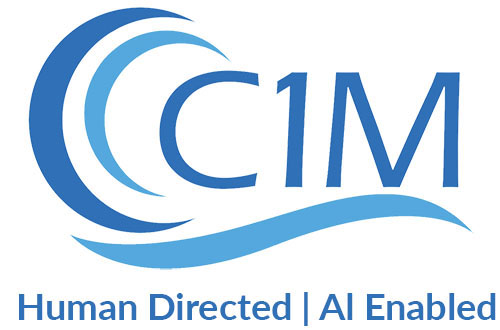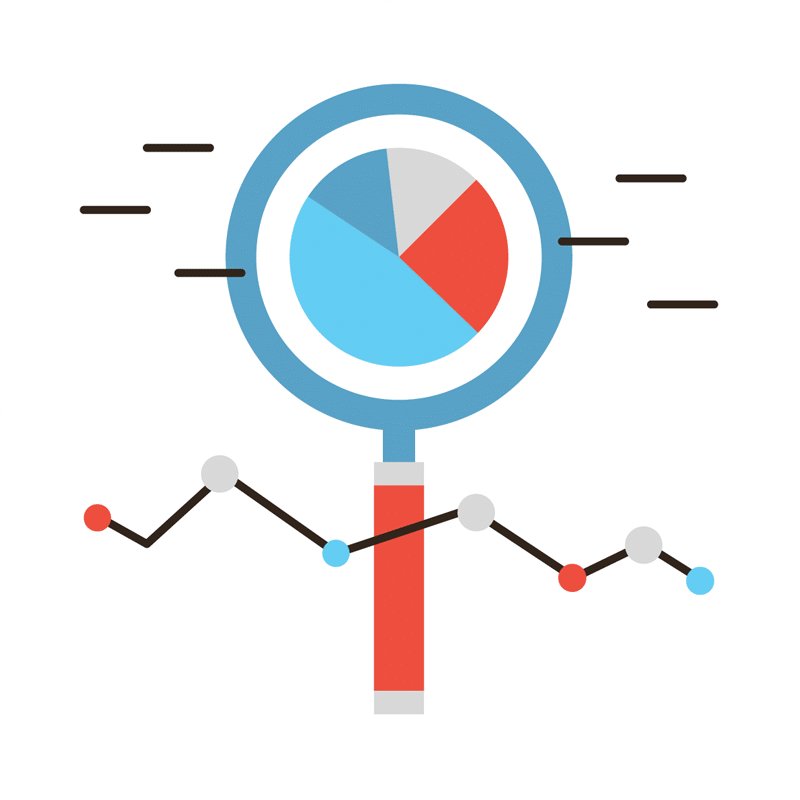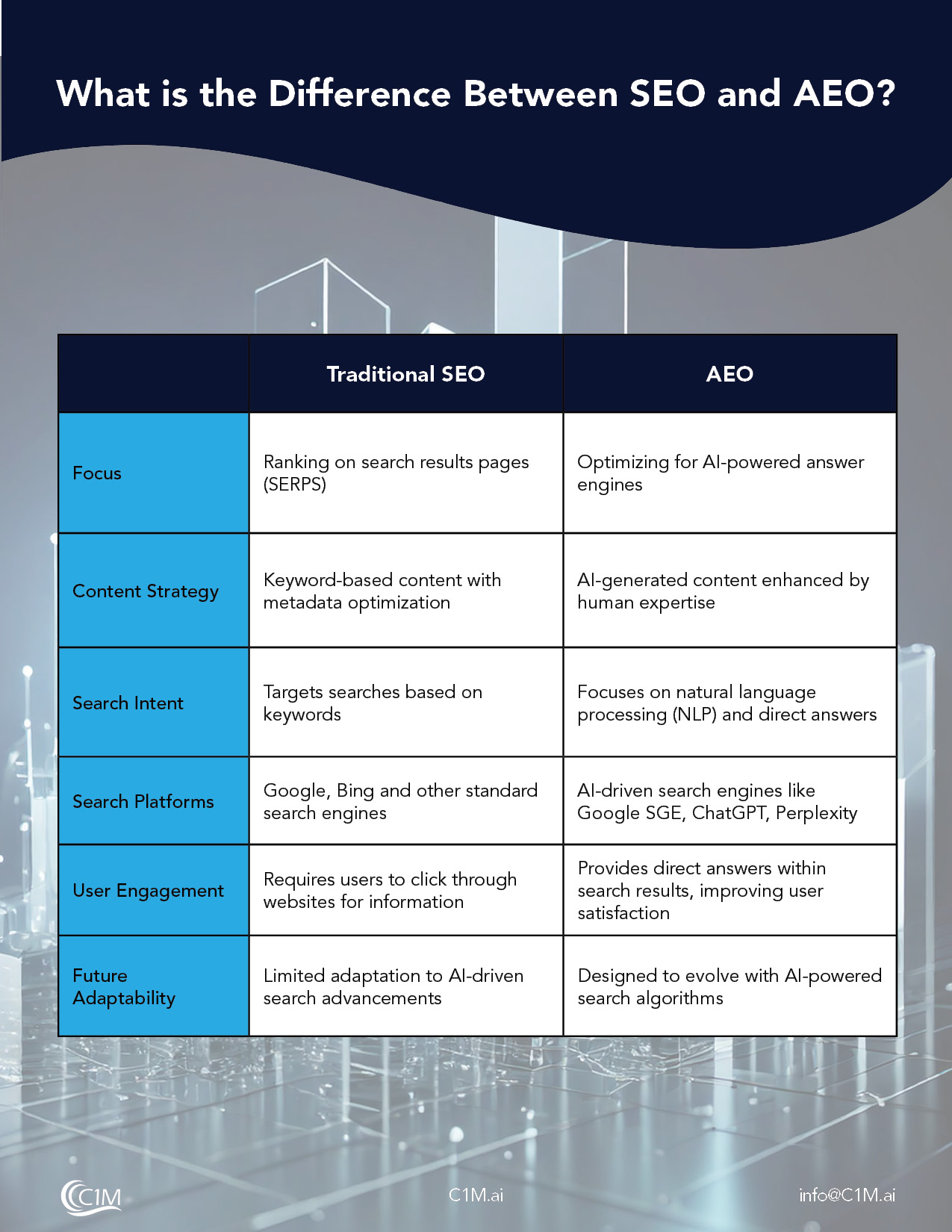
In my thirty years of building organizations, I’ve learned that the best systems mirror how humans naturally work together. As we enter the age of AI, this principle becomes even more relevant. Using AI for your business not only complements this approach but also enhances the capacity to innovate and operate efficiently. Today, I want to share how we can build AI systems that work alongside humans in a way that feels natural and drives real business value.
How to Use AI for Business – The Organizational Structure of AI
Imagine you’re building a new division in your company. You wouldn’t just hire random employees and hope they figure it out. Instead, you’d create a clear structure with defined roles, responsibilities, and workflows. The same applies to AI operating systems.
Layer 1: The Workflow – Your Business Processes
Think of workflows as your company’s playbook. Just as you have standardized customer onboarding or sales processes, your AI operating system needs clear, repeatable procedures. These workflows are like your company’s standard operating procedures – they ensure consistency and reliability.
Real-world parallel: When you hire a new sales representative, you don’t expect them to reinvent the sales process. They follow your established playbook while adding their personal touch.
Layer 2: How to Build AI Agents – Your AI “Employees”
Agents are like your autonomous employees. They have goals, make decisions, and improve over time. Just as your best employees don’t need micromanagement, these AI agents can work independently while staying aligned with company objectives.
Real-world parallel: Think of your most experienced project manager. They understand the big picture, make informed decisions, and know when to escalate issues. AI agents operate similarly but with the ability to handle many tasks simultaneously.
Layer 3: The Skills – Your Team’s Capabilities
Skills are like the certifications and abilities your employees bring to the table. Some skills are common across roles (like communication), while others are specialized (like proficiency in specific software).
Real-world parallel: Consider how your marketing team needs different skills than your finance team. Similarly, an AI operating system can be equipped with various skill sets based on their roles.
Layer 4: The Tools – Your Technology Stack
Tools are the specific technologies and systems your AI uses to get work done. Just as your employees use Salesforce, Excel, or Zoom, AI systems need particular tools to accomplish their tasks.
Real-world parallel: Your sales team uses CRM software, your designers use Adobe Creative Suite, and your developers use programming tools. AI tools are simply the digital interfaces that allow the system to interact with your business software.
Learning from Human Feedback: The Key to Improvement
Here’s where it gets interesting. How do humans learn and improve in organizations? Through feedback, mentorship, and experience. We’ve designed our AI system to learn in the same way.
The Human Touch in AI Learning
1. Immediate Feedback
Just as a manager might correct an employee’s approach in real-time, humans can provide immediate feedback on AI actions. The system records these corrections and uses them to improve future decisions.
2. Pattern Recognition
Like an experienced employee who recognizes patterns from past projects, our AI system builds a knowledge base of scenarios and corrections. It uses this to make better decisions over time.
3. Institutional Knowledge
Your best employees accumulate valuable experience over time. Our AI system similarly builds a repository of knowledge, storing successful approaches and learning from mistakes.
The Business Value Proposition
Why should you, as a CEO, care about this architecture?
1. Scalability
- Deploy consistent processes across your organization
- Customize implementations for different departments or clients
- Maintain quality while growing rapidly
2. Continuous Improvement
- Systems that learn from experience
- Reduced error rates over time
- Captured institutional knowledge
3. Risk Management
- Human oversight of critical decisions
- Clear audit trails
- Controlled learning process
4. Resource Optimization
- Automated routine tasks
- Freed human capacity for strategic work
- Reduced training costs
Getting Started with AI for Business
The beauty of this layered approach is that you can start small and scale up. Begin with:
- Identify Repetitive Processes – Look for tasks that follow clear patterns but consume significant employee time.
- Start with Simple Automation – Begin with basic workflows and gradually increase complexity as you gain confidence.
- Implement Feedback Loops – Ensure your team can quickly provide feedback and corrections to the system.
- Monitor and Adjust – Track performance metrics and adjust the system based on real-world results.
The Future of Work
This isn’t about replacing humans – it’s about augmenting their capabilities. As previous technological revolutions gave us tools to enhance human productivity, this AI architecture provides a framework for human-AI collaboration.
Your employees will become more productive, focusing on strategic decisions while AI handles routine tasks. The system learns from their expertise, creating a virtuous cycle of improvement.
How to Implement AI in Business
The key to successful AI implementation isn’t just having the latest technology – it’s about building systems that work the way humans do, learn the way humans learn, and complement human capabilities.
By structuring your AI initiatives with clear layers, building feedback mechanisms, and maintaining human oversight, you create scalable, improvable systems that deliver real business value.
Remember: The goal isn’t to replace your human workforce but to give them AI “colleagues” that make them more effective at their jobs. This creates a powerful combination of human insight and machine efficiency when done right.
Ready to transform your organization with AI? Start your journey to seamless integration and innovation.
Contact us today to explore how AI can enhance your business processes and drive growth!




